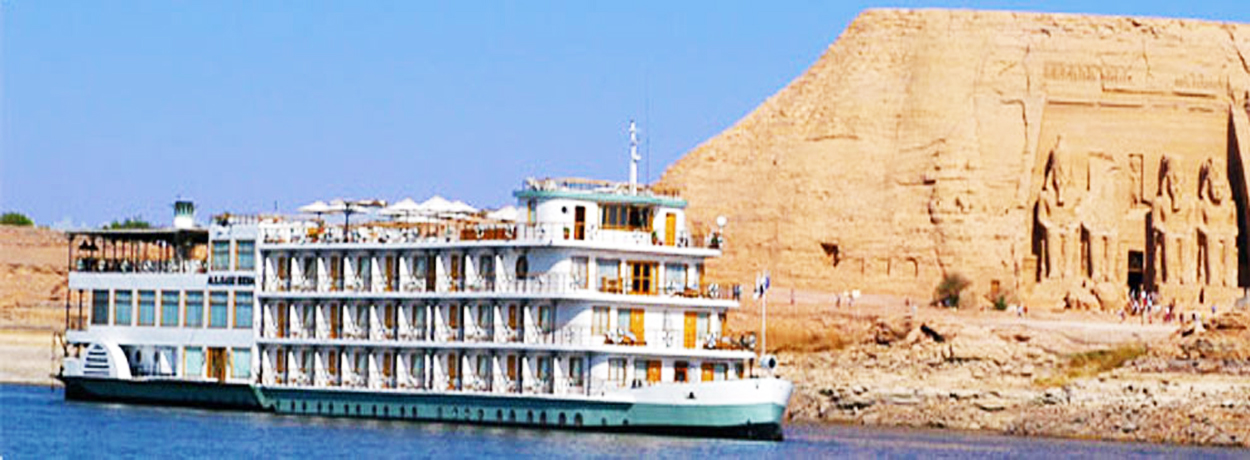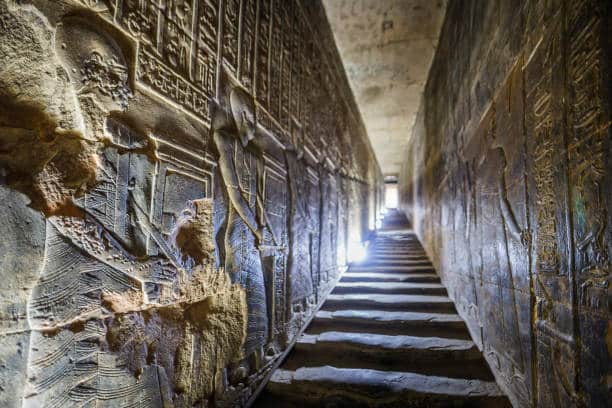
Egypt Nile cruise
5 February، 2019
Top Traditional Egyptian Dishes That Foreigners Love
19 April، 2020Egypt’s Museums
There are more than 34 major museums all across Egypt which are worth a visit from all those interested in the rich history and culture of the nation. These include:
Other offers



